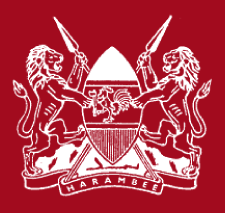1.2.1 Market aligned skill building
TVET and HE institutions are key contributors to economic inclusion in Kenya, offering hard and soft skill-building training for students. However, if the training offered is out of alignment with the skill demand in the labour market, students will not be able to access work after graduating.
For example, if a TVET organisation hasn’t reviewed their curriculum in a decade, and they are currently offering courses on how to become an electrician and a plumber but the local labour market is offering jobs related to hospitality, finance and real estate, there is a skills mismatch between the labour market and what is taught. Therefore graduates from the institution will be less likely to find work. This is a common problem that needs to be addressed through market-aligned skill building, which is the matching of skills being taught to those demanded by the labour market.
To ensure that there is an alignment between courses offered and employers' skills demands, strong partnerships between employers and TVET/HE are required. This will also build a strong pool of job candidates as well as provide opportunities for job seekers.
Ultimately, it is the responsibility of TVET/HE institutions to align their courses to the labour market. This is achieved through ongoing labour market analysis and information, essential in curriculum development.
There are different ways through which labour market information can be gathered. These may include:
-
Working in partnership with the private sector to understand what types of roles they are hiring for and how often, and;
-
Gathering up-to-date labour market information from such sources as The National Bureau of Statistics Quarterly Labour Force Report, and websites such as www.labourmarket.go.ke;
For this very reason, the S4PKe project created an Industry Engagement Framework to assist organisations to match labour market demand and supply and support industrial attachment.
Using the illustrative figure below, reflect on the jobs available versus the training offered by TVET/HE institutions in your country and suggest how they relate. For example, in the S4PKe programme, there are 5 sectors of focus: hospitality and tourism; agriculture and agro-processing; automotive technology; building and construction, and; the maritime sector. These sectors of work were chosen because of the hiring potential and number of open jobs.


| Previous | Next |






